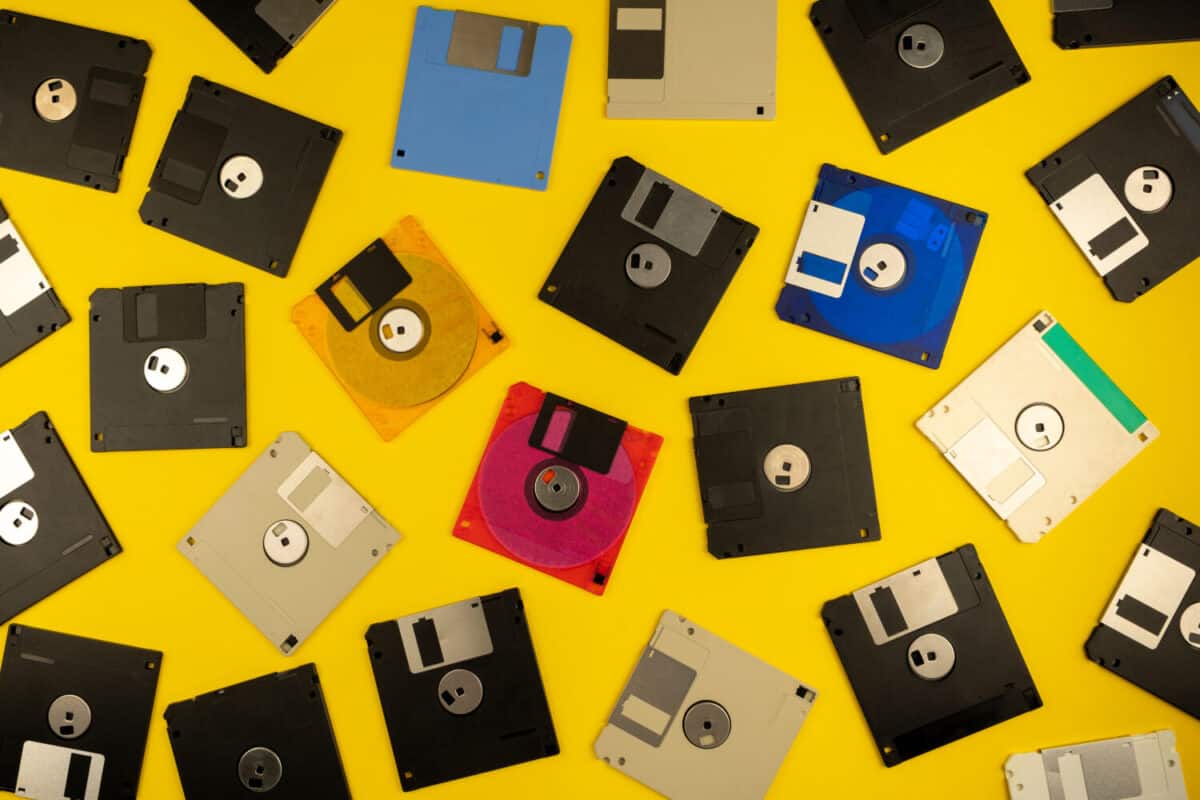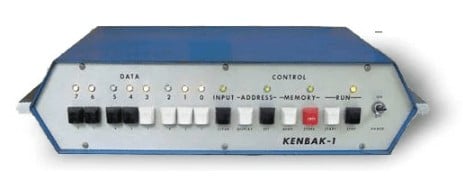What do you think of when you envision the world’s first personal computer? You might consider machines like the Apple IIe, the Commodore 64, or the first IBM PC. However, the truth is a little bit murkier. Personal computing has been a hobby since the 1970s, and the machine covered today is perhaps the first real personal computer to hit the market.
The Kenbak-1
While we can argue all day about the first personal computer to hit the market, the answer isn’t what you expect. Introduced in 1971, the Kenbak-1 is the first real personal computer to hit the market. Now, it wasn’t produced in great numbers, nor was it inexpensive.
However, it beat machines like the Altair to the punch when it came to being first to market. The market was untapped, and perhaps that was for good reason in the early 1970s.
Specs and Stats

The Kenbak-1 was relatively anemic in terms of raw specs. When we think of the first personal computer, we might associate it with command lines or crude graphical interfaces. The Kenbak-1 had no external display and no capability for one.
Output was given through a set of external lights affixed to the case itself. Most of the programming you could do on the Kenbak-1 wasn’t anything to write home about, given the limited functionality. However, for hobbyists, it presented the opportunity to play with a computer without relying on university mainframes.
Instead, you programmed the whole thing from the front panel. Additionally, you had an 8-bit microprocessor, bleeding-edge tech for 1971. Memory was laughably small, only coming in at 256 bytes. Just as a general example, the text you’re reading right now is taking up more storage than the Kenbak-1 had on offer.
Limitations and Drawbacks
With nine registers and a paltry 256 bytes of memory, the Kenbak-1 didn’t have much going for it. For students and classrooms, you could argue that it presented a great educational opportunity. However, the interface was solely in machine code or binary.
Once you factor in the $750 asking price, roughly the equivalent of $5,600 today, not many people were lining up to buy these. The Kenbak-1 was the first personal computer, but you had to be one of 44 people, given the extremely limited production run of the computer.
Aftermath
The Kenbak-1 is a curiosity. As far back as the 1970s, you can see the public clamoring for a real first personal computer. While that wouldn’t be realized until the 1980s, it is interesting to see what the fossils of personal computing resemble. In some ways, we can just appreciate that a company was bold enough to put such an innovative product on the market.
While the Kenbak-1 was the first personal computer, it would take some time before ideas and concepts would coalesce into the form we expect of a PC today.




